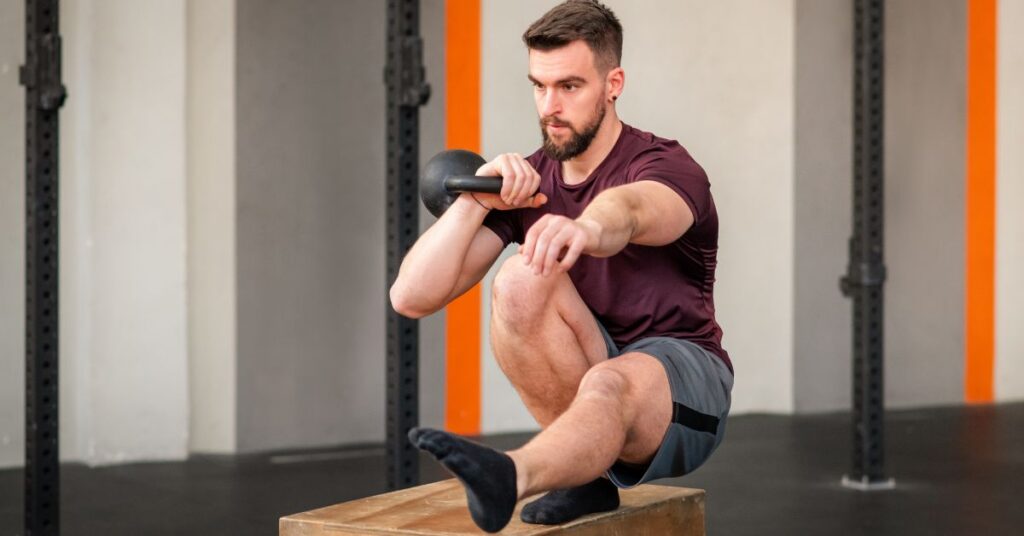CrossFit vs calisthenics represents the ultimate fitness debate among serious athletes and fitness enthusiasts worldwide. Both training methodologies promise exceptional results, yet crossfit vs calisthenics approaches differ fundamentally in execution and philosophy. This comprehensive crossfit vs calisthenics comparison will help determine which training style aligns perfectly with your specific goals and long-term aspirations.
Table of Contents
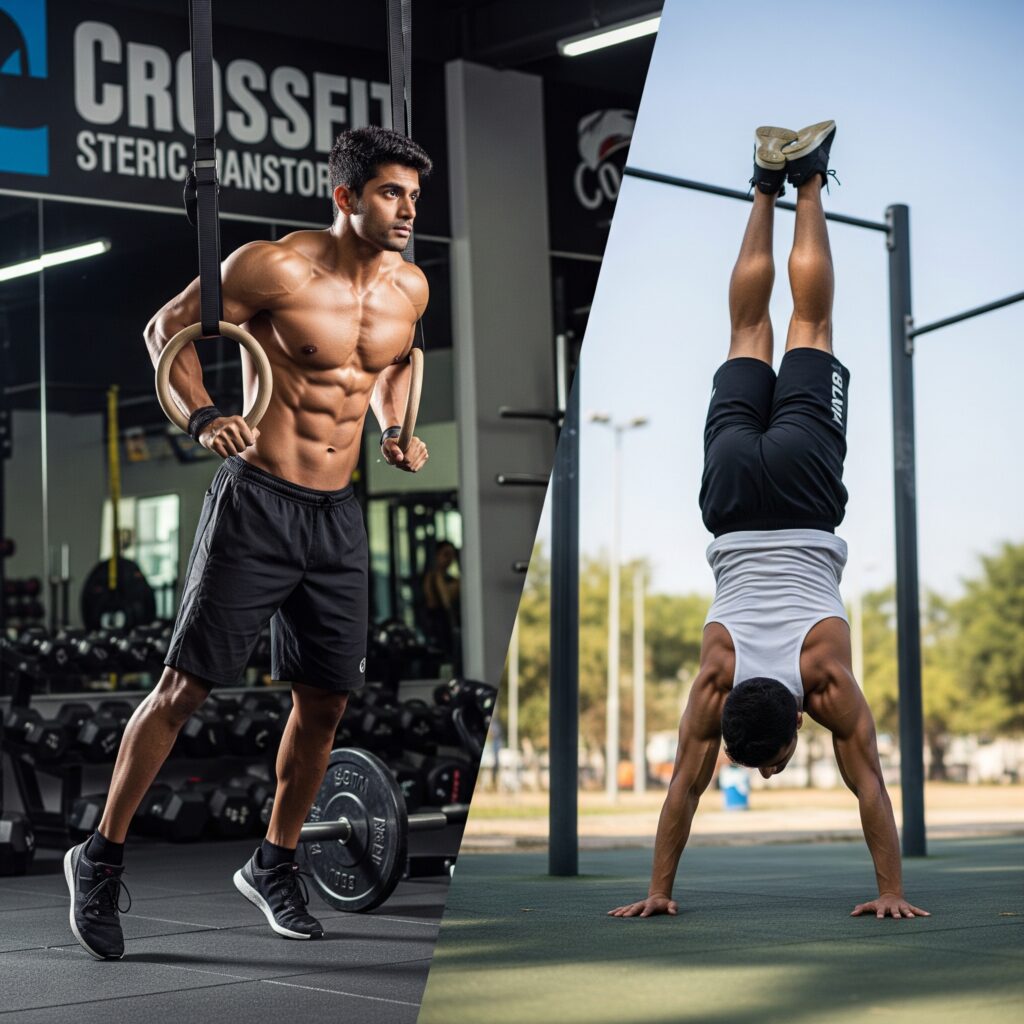
Understanding the Core Philosophy Behind Each Method
Choosing between training approaches requires understanding their fundamental philosophies and practical applications.
What Is Calisthenics?
Calisthenics focuses on bodyweight mastery through progressive skill development. This discipline emphasizes relative strength, mobility, and movement quality over external resistance. Practitioners develop exceptional body control through muscle-ups, handstand push-ups, pistol squats, and human flags. The calisthenics approach prioritizes skill acquisition.
What Is CrossFit?
CrossFit combines Olympic weightlifting, powerlifting, gymnastics, and cardiovascular training into high-intensity workouts. This methodology emphasizes measurable fitness across ten physical domains: cardiovascular endurance, stamina, strength, flexibility, power, speed, coordination, agility, balance, and accuracy. CrossFit practitioners thrive on competition and community support.
Shared Benefits of Both Training Styles
Both methodologies deliver exceptional functional strength improvements and enhanced cardiovascular health. They emphasize compound movements engaging multiple muscle groups simultaneously, creating efficient calorie-burning sessions while building practical strength.
Key Differences Between CrossFit and Calisthenics
Understanding specific contrasts in the crossfit vs calisthenics debate helps determine which approach better suits individual preferences and circumstances. The crossfit vs calisthenics comparison reveals fundamental differences in training methodology and outcomes.
Training Style and Approach
- Calisthenics: Emphasizes controlled, mindful movement with perfect form and gradual skill progression. Training involves practicing specific skills and developing mobility requirements. The approach prioritizes quality over quantity.
- CrossFit: Prioritizes high-intensity training with constantly varied movements. Workouts push participants to maximum effort through competitive time constraints, building physical and mental resilience.
Equipment Requirements
- Calisthenics: Requires minimal equipment, with most exercises performable using bodyweight and basic tools. This makes calisthenics highly accessible and cost-effective.
- CrossFit: Demands substantial equipment including barbells, plates, kettlebells, and rowing machines. Most practitioners train at dedicated facilities requiring ongoing membership investments.
Accessibility and Training Location
- Calisthenics: Offers unparalleled accessibility, allowing training anywhere without gym dependencies. Practitioners maintain consistent routines while traveling.
- CrossFit: Requires specialized facility access with proper equipment and trained coaches. This creates dependencies on gym schedules and membership availability.
Risk and Injury Profile
- Calisthenics: Generally presents lower injury risk through controlled movements and natural range of motion. Progressive scaling helps prevent overuse injuries.
- CrossFit: Carries higher injury potential due to high-intensity training and complex movements under fatigue. However, proper coaching reduces risks.
Community and Motivation
- Calisthenics: Builds supportive communities through skill sharing and collaborative learning. Personal mastery creates mentorship relationships between practitioners.
- CrossFit: Creates intense community bonds through shared workout experiences and competitive elements. Group dynamics provide powerful external motivation.
Who Should Prioritize Calisthenics?
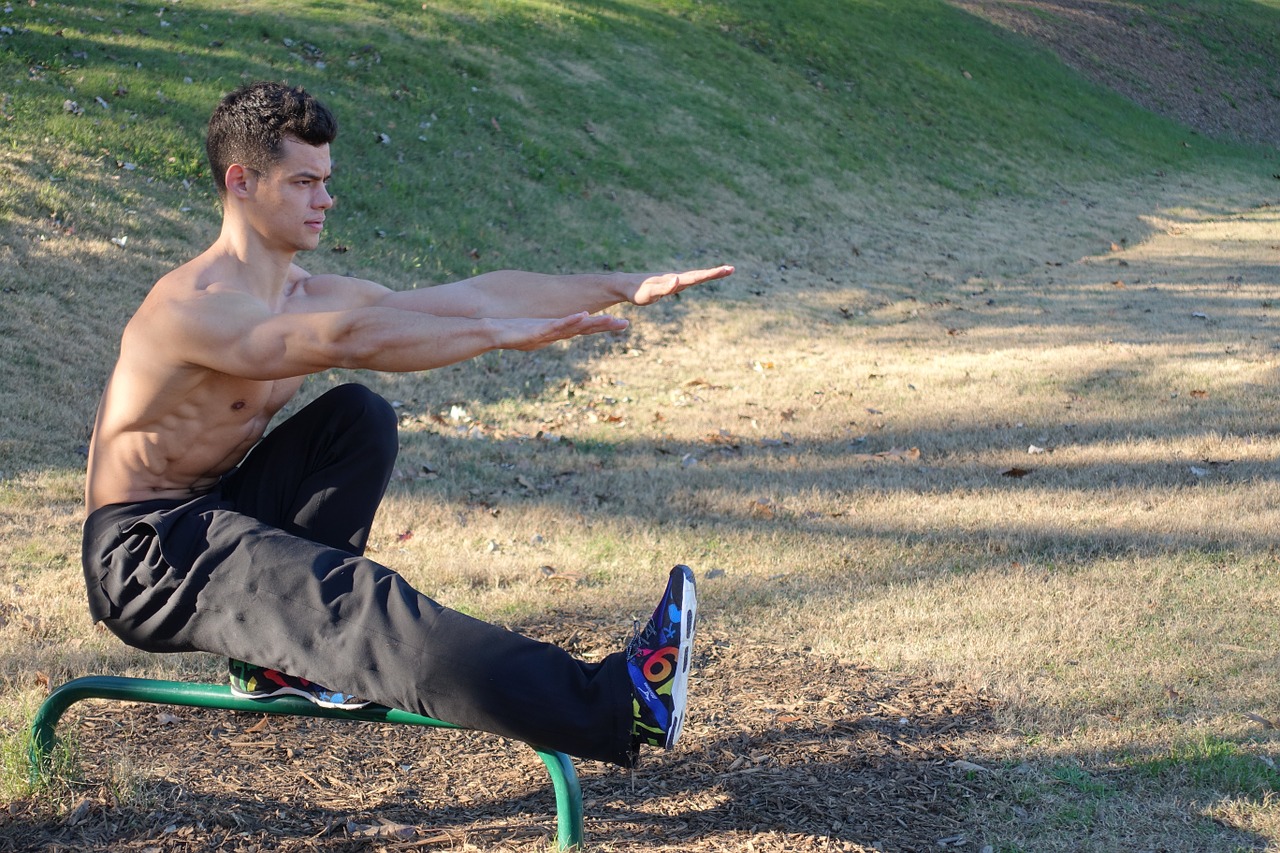
Body Goals: Choose calisthenics if you want a lean, defined, athletic physique with exceptional muscle tone and proportion. Calisthenics builds dense, functional muscle that creates the classic gymnast look – broad shoulders, narrow waist, and remarkable core definition. This approach develops outstanding relative strength, meaning you’ll be incredibly strong for your body weight.
Strength Goals: Prioritize calisthenics for developing explosive pulling power, core stability, and bodyweight mastery. You’ll achieve impressive feats like muscle-ups, one-arm push-ups, handstand push-ups, and human flags. Your strength-to-weight ratio will be exceptional, though absolute strength may plateau compared to weighted training.
Who Should Prioritize CrossFit?
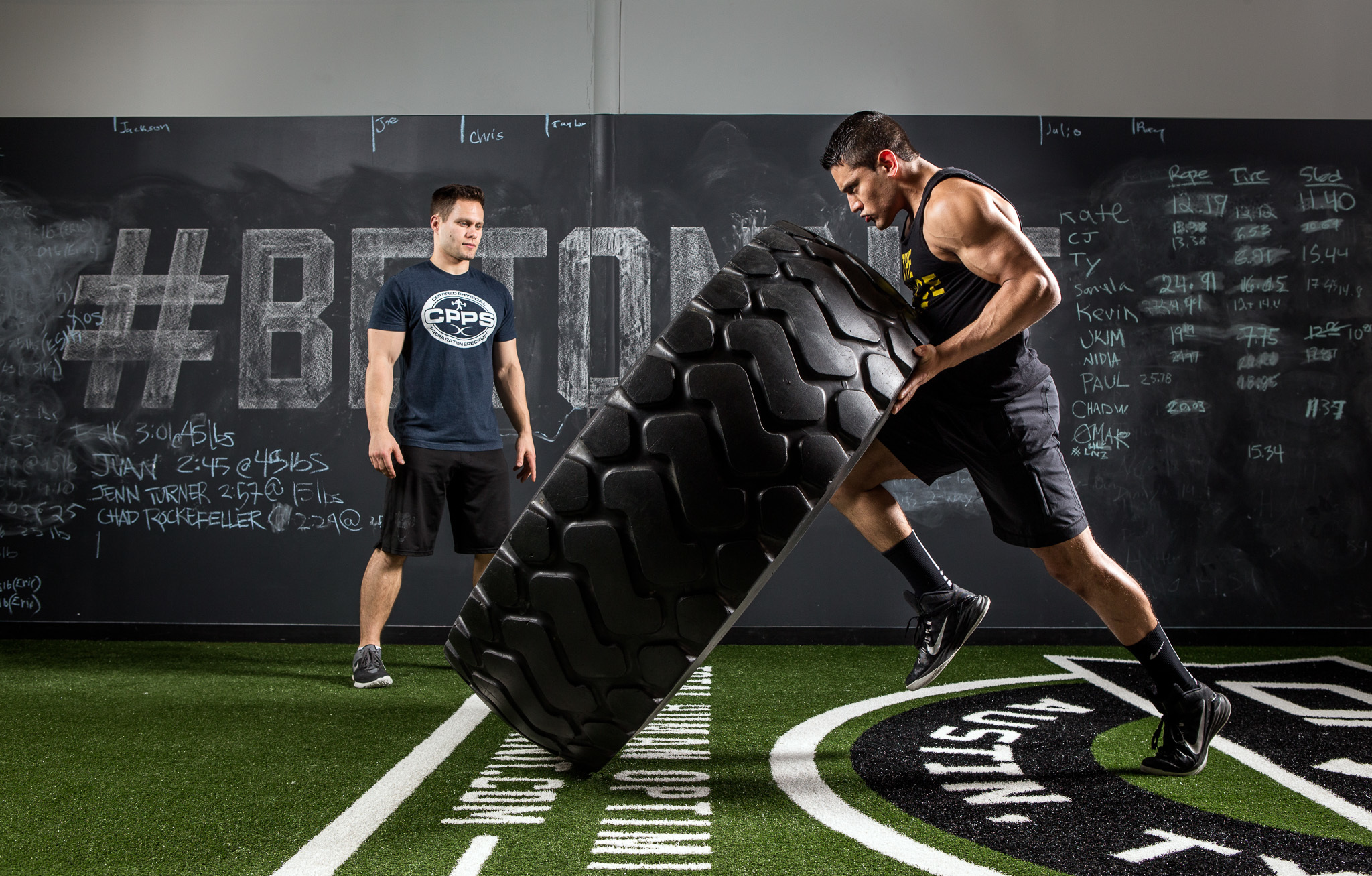
Body Goals: Choose CrossFit if you want a powerful, athletic build with well-rounded muscle development and low body fat. CrossFit creates lean, muscular physiques similar to elite athletes – balanced upper and lower body development with functional muscle mass. You’ll build significant size while maintaining excellent conditioning.
Strength Goals: Prioritize CrossFit for developing explosive power, cardiovascular endurance, and functional strength across multiple movement patterns. You’ll excel in Olympic lifts, powerlifting movements, and metabolic conditioning. Your absolute strength, power output, and work capacity will be exceptional, though specific skills may be less developed than calisthenics specialists.
Calisthenics: The Art of Bodyweight Mastery
Understanding the crossfit vs calisthenics difference requires examining calisthenics’ unique strength development approach through progressive bodyweight training.
Functional Strength and Mobility
Calisthenics develops strength through natural movement patterns improving daily activities. Constant engagement of stabilizing muscles builds core strength and joint stability often neglected in traditional training.
Skill-Based Training and Progressive Mastery
The skill acquisition aspect provides continuous motivation through clearly defined progression pathways. Mastering complex movements creates profound satisfaction extending into personal growth.
Lower Risk, Higher Accessibility
The controlled nature of calisthenics training creates inherently safer environments. Practitioners progress at appropriate rates without external pressure, reducing injury risk.
Ideal Body Composition from Calisthenics
Regular calisthenics practice produces lean, defined physiques with exceptional muscle tone. The emphasis on relative strength naturally encourages optimal body weight maintenance.
CrossFit: High-Intensity Functional Fitness
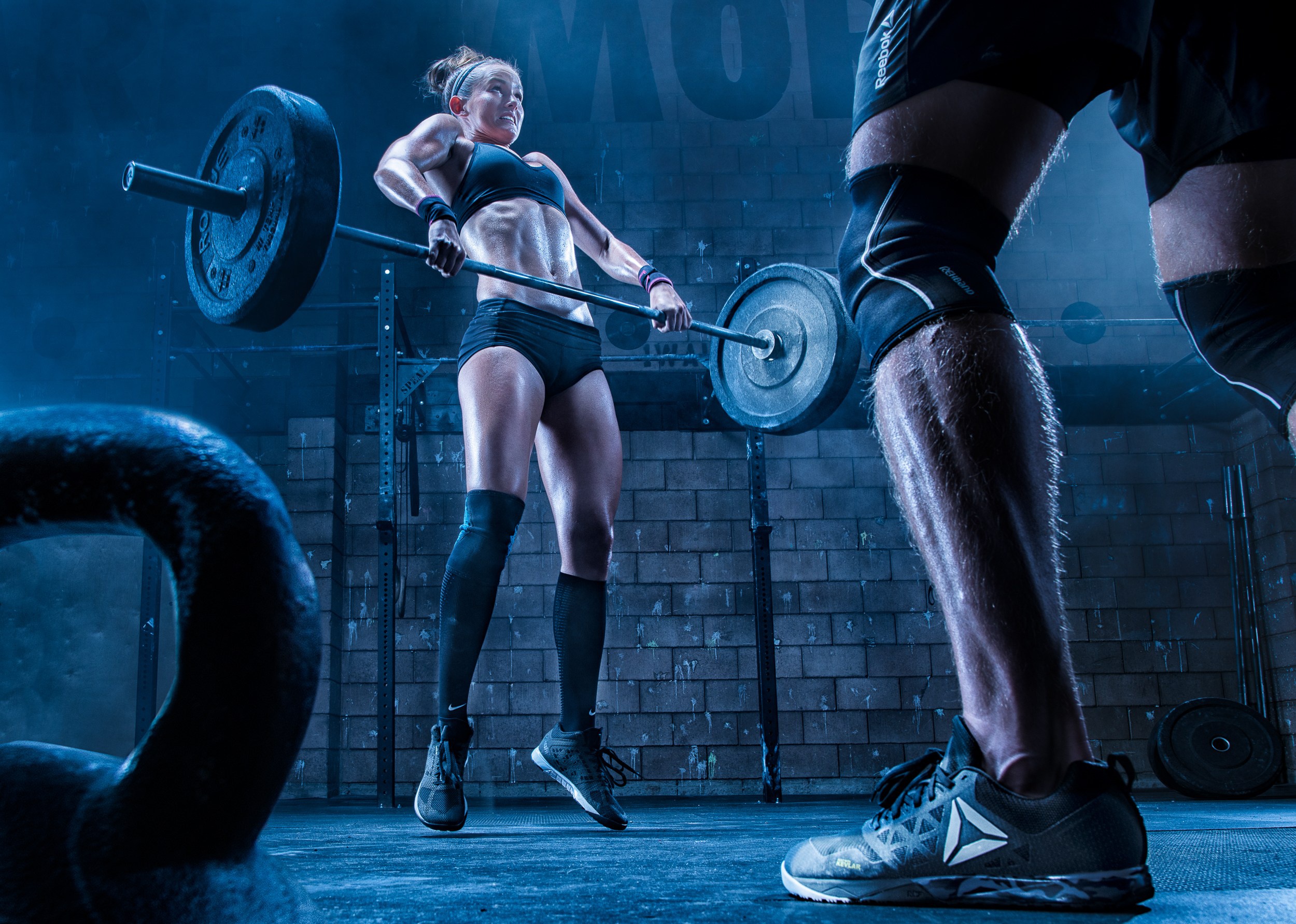
The crossfit vs calisthenics comparison shows CrossFit’s methodology delivers rapid fitness improvements through challenging workouts building comprehensive athletic capacity.
Power, Performance, and Explosive Strength
CrossFit’s incorporation of Olympic lifting and high-intensity intervals develops explosive power translating to athletic performance improvements. Varied movement patterns challenge bodies in multiple planes.
Community-Driven Motivation
The CrossFit community provides unparalleled motivation through shared experiences and collective goal achievement. This social aspect addresses primary barriers to exercise adherence.
Competitive Workouts and Structured Progress
The competitive element provides external motivation driving individuals beyond self-imposed limitations. Structured programming eliminates decision fatigue while ensuring balanced development.
Risks and Rewards of High-Intensity Training
While delivering rapid results, CrossFit requires careful attention to recovery and form maintenance. The competitive environment demands intelligent restraint to avoid injury.
How to Choose: Calisthenics or CrossFit?

Selecting optimal training approaches in the crossfit vs calisthenics decision requires honest assessment of personal preferences, circumstances, and sustainability factors. The crossfit vs calisthenics choice impacts your entire fitness journey and long-term results.
Best for Beginners
Calisthenics provides gentler fitness introduction through scalable exercises accommodating any fitness level. CrossFit offers structured programming with professional coaching, though intensity may overwhelm newcomers.
Best for Weight Loss
Both crossfit vs calisthenics approaches deliver excellent weight loss results through different mechanisms. The crossfit vs calisthenics comparison for weight loss shows Calisthenics provides sustainable long-term weight management through improved body composition, while CrossFit may produce faster initial results through higher intensity training and varied metabolic demands.
Best for Functional Movement and Flexibility
Calisthenics excels in developing functional movement patterns through natural range of motion exercises. CrossFit builds functional strength but may require additional flexibility work.
Best for Group Training Enthusiasts
CrossFit dominates group training experiences through structured classes and community building. Calisthenics focuses more on individual skill development.
CrossFit vs Bodybuilding vs Powerlifting vs Calisthenics: The Ultimate Comparison
Understanding how these four major methodologies compare helps identify optimal approaches for specific goals.
Training Philosophy and Structure
Each discipline emphasizes different physical development aspects. Bodybuilding focuses on muscle hypertrophy through isolated training. Powerlifting prioritizes maximal strength in specific lifts. CrossFit emphasizes broad fitness through varied training. Calisthenics develops relative strength through progressive bodyweight exercises.
The crossfit vs bodybuilding vs powerlifting vs calisthenics comparison reveals distinct goal-serving approaches across all disciplines. Bodybuilding creates impressive physiques but may lack functional strength. Powerlifting builds tremendous absolute strength with limited movement variety. When comparing crossfit vs calisthenics within this broader context, CrossFit develops well-rounded fitness requiring facility access while calisthenics builds exceptional body control with potential strength limitations. The crossfit vs bodybuilding vs powerlifting vs calisthenics analysis shows each method serves specific objectives.
Equipment and Environment
Bodybuilding requires extensive gym equipment. Powerlifting needs barbells and supportive equipment. CrossFit demands varied equipment from multiple disciplines. Calisthenics requires minimal equipment, making it most accessible.
This crossfit vs bodybuilding vs calisthenics equipment comparison shows calisthenics as the clear accessibility winner, while other approaches require significant equipment investments. The crossfit vs calisthenics equipment debate clearly favors calisthenics for budget-conscious practitioners seeking minimal gear requirements. When examining crossfit vs bodybuilding vs calisthenics accessibility, calisthenics emerges as the most practical option.
Ideal Physique Outcomes
Each training style produces distinct physique characteristics. Bodybuilding creates muscular, symmetrical physiques. Powerlifting builds thick, powerful frames. CrossFit produces lean, athletic builds. Calisthenics creates defined, functional physiques with exceptional muscle tone.
Risk and Injury Potential
Injury risk varies across disciplines. Powerlifting carries highest risk due to maximal loads. CrossFit presents moderate to high risk depending on coaching quality. Bodybuilding involves moderate overuse injury risk. Calisthenics offers lowest injury risk through controlled movements.
Motivation: Solo vs Group Dynamics
Training environment preferences significantly impact adherence. CrossFit excels in group motivation and community building. Bodybuilding typically involves solo training with individual focus. Powerlifting combines individual achievement with supportive community elements. Calisthenics exercises works well for both solo practitioners and group skill sharing.
Which Method Suits Your Fitness Goal?
Goal alignment determines optimal training selection in any crossfit vs calisthenics decision. Choose bodybuilding for aesthetic muscle development, powerlifting for maximal strength, CrossFit for overall fitness and community, or calisthenics for functional strength and accessibility. The crossfit vs bodybuilding vs powerlifting vs calisthenics decision ultimately depends on individual priorities and circumstances, with each method offering distinct advantages for specific goals.
Goal-Based Recommendations
Selecting training methods based on specific objectives ensures optimal results and satisfaction.
Build Functional Strength and Mobility
Calisthenics provides superior functional strength development through natural movement patterns directly transferring to daily activities. This makes the crossfit vs calisthenics choice clear for those prioritizing mobility and functional movement over pure strength metrics.
Sculpt Aesthetic, Defined Muscles
Bodybuilding excels for muscle definition, though calisthenics also produces exceptional muscle tone through high-volume bodyweight training. The crossfit vs bodybuilding vs calisthenics comparison for aesthetics shows varied approaches achieving different results, with each method producing distinct physique characteristics.
Maximize Lifting Power and Strength
Powerlifting specifically targets maximal strength development in foundational movement patterns, making it ideal for absolute strength goals.
Embrace Variety, Community, and High Intensity
CrossFit delivers unmatched variety, community support, and intensity for comprehensive fitness challenges. Those who enjoy crossfit vs calisthenics variety typically prefer CrossFit’s constantly changing workouts over calisthenics’ skill-focused progression patterns.
Train Anywhere on a Budget
Calisthenics provides the most cost-effective, accessible training option practicable anywhere without equipment dependencies or facility requirements. This factor often decides the crossfit vs calisthenics debate for budget-conscious individuals seeking maximum training flexibility and minimal ongoing costs.
Conclusion: The Right Fit Depends on Your Fitness Goals
Crossfit vs calisthenics ultimately depends on personal preferences, circumstances, and sustainability factors rather than objective superiority of either method. Both methodologies in the crossfit vs calisthenics comparison deliver exceptional results when practiced consistently with proper progression. Consider your budget, time availability, training preferences, and long-term goals when making this crucial crossfit vs calisthenics decision for your fitness journey and sustainable success.
Uncover the full list of Jumping Jacks Exercise Benefits and see why this classic exercise still delivers results.
Still Deciding Between CrossFit and Calisthenics? At ISC – Indian School of Calisthenics, we specialize in bodyweight mastery that builds strength, mobility, and control-without risking burnout or injury. Visit us at SRPF Ground, NH8, Goregaon (E), Mumbai – 400065. For class schedules, personalized coaching, or more details, call +91 77159 53218. Train smart, move better, and unlock your back strength with ISC.
Crossfit vs Calisthenics – FAQs
Which burns more calories: CrossFit vs calisthenics?
CrossFit typically burns more calories per session due to higher intensity, but calisthenics provides consistent metabolic benefits through muscle building.
Can beginners start with CrossFit or choose calisthenics first?
Beginners can start with either approach, though calisthenics offers gentler progression and lower injury risk for exercise newcomers.
Is CrossFit vs calisthenics better for building muscle mass?
CrossFit builds muscle faster through heavier resistance, while calisthenics develops lean, defined muscle with exceptional strength-to-weight ratios.
Which training style requires less time commitment weekly?
Calisthenics can be practiced efficiently in shorter sessions, while CrossFit typically requires longer workout durations including warm-up phases.
How does CrossFit vs bodybuilding vs calisthenics compare for injury prevention?
Calisthenics has lowest injury risk, CrossFit moderate risk with coaching, while bodybuilding risks overuse injuries from repetitive movements.
Can you build complete physiques with calisthenics training?
Yes, calisthenics develops complete physiques through compound movements, though weighted exercises may enhance certain muscle development areas.
Which approach works better for weight loss goals?
Both crossfit vs calisthenics are effective for weight loss, with CrossFit providing faster initial results and calisthenics sustainable management.
Is CrossFit vs calisthenics more suitable for older adults?
Calisthenics generally suits older adults better due to lower impact, controlled movements, and reduced injury risk factors.
How long does it take seeing results from each method?
CrossFit may show conditioning results within 4-6 weeks, while calisthenics skill development typically appears after 2-3 months.
Can you combine CrossFit and calisthenics training effectively?
Yes, many athletes successfully combine crossfit vs calisthenics approaches, using each method’s strengths for comprehensive fitness development.

